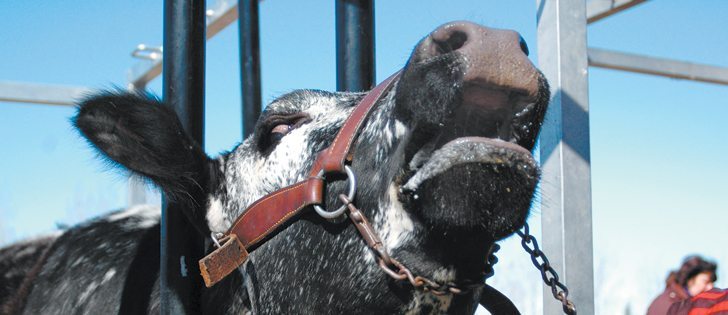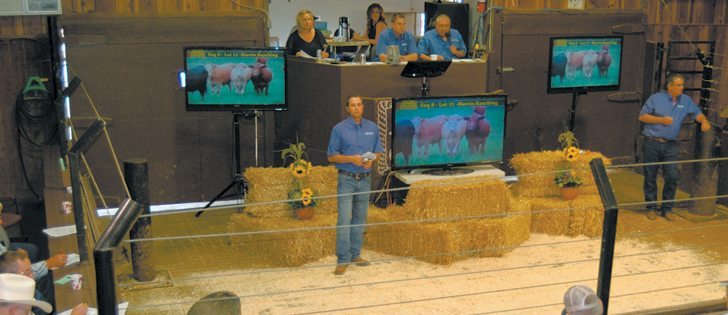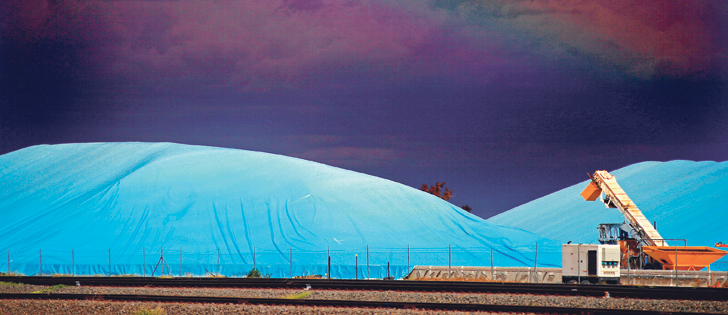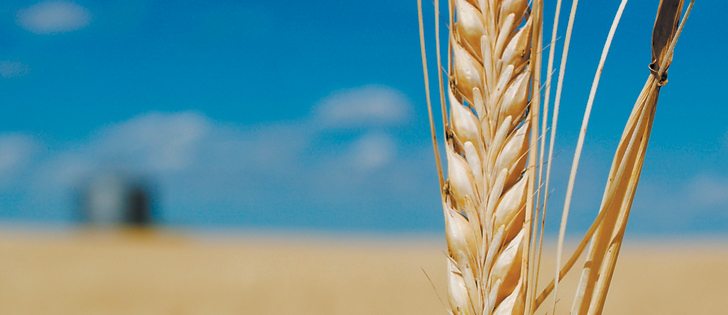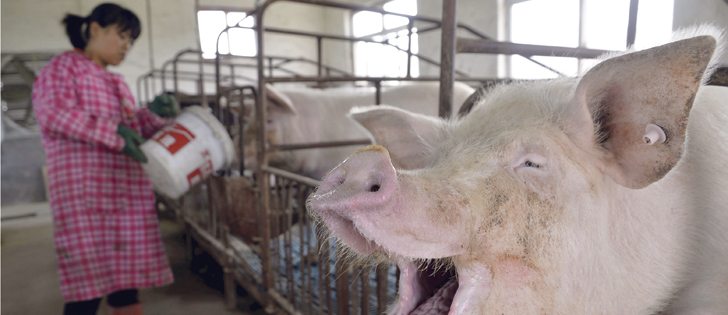Cattle prices are high, beef demand is high and good times are likely to keep rolling until at least 2019.
So said Canfax senior analyst Brian Perillat and National Cattlemen’s Beef Association consultant John Paterson at a recent Angus-sponsored cattle feeder meeting in Lethbridge.
Fat cattle prices are flirting with $2 per pound, quality is improving and continued tight beef supplies bode well for future profits, they said.
No good news comes without a few provisos, however.
Perillat said there will be challenges when the Canadian herd expands, but higher numbers won’t be evident until at least 2018 and probably longer.
Read Also

Beef check-off collection system aligns across the country
A single and aligned check-off collection system based on where producers live makes the system equal said Chad Ross, Saskatchewan Cattle Association chair.
“I think we’ve got opportunity here to stay historically high prices, and I kind of just cover my butt by saying prices can still drop quite a bit and we’ll still be historically high,” said Perillat.
Paterson was even more optimistic about exports.
“The next 20 years will be the best in the history of the beef industry because there are going to be more people, they’re going to have more money,” he said.
“They’re going to move up in stature and they want to eat more beef. Those are the simple facts.”
The United States is showing signs of herd expansion with two percent more beef cows and four percent more breeding heifers in inventory compared to last year, Perillat said. In Canada, it’s more a case of stabilizing herd size, with only slight expansion evident.
“Cow-calf producers, I don’t think you can make them smile much bigger than they have,” he said.
“They are reinvesting in the herd as well. The guys who stuck it out are finally getting rewarded.”
Bull sale prices this spring showed increases in breeding stock interest, which is another sign of pending expansion, Perillat said.
However, the Canadian cow herd shrunk last year, and high numbers of feeder heifers were shipped south because of cheap feed, the low Canadian dollar and heifers’ cost of gain advantage over steers.
Perillat said heifers comprised two-thirds of all feeders shipped south last year, compared to 58 percent in 2013.
“Heifer retention has been the real struggle. We’re not going to grow the herd by killing less cows. It’s about keeping heifers around,” he said. “We should be keeping another 100,000 heifers around, not an extra 20,000 that we’ve bumped up in the last couple years.”
Last year was also profitable for the feedlot sector, with some realizing $50 per head, said Perillat. However, cheap U.S. corn drew more than one million head south, the largest number in the last 18 years.
The steady decline in barley acres is a concern for the Canadian feeding sector and is likely to present future challenges.
Canada has lost about 10 percent of its feedlot capacity in the last five years, according to Canfax data, and now has capacity for 1.4 million head.
Perillat also noted fewer people are backgrounding calves.
“All the cattle are coming to town in the fall,” he said, which puts stress on the feedlot infrastructure and forces more cattle south to U.S. feeders.
Paterson quoted several American cattle industry analysts who are all bullish on the market until at least 2019.
Contact barb.glen@producer.com




